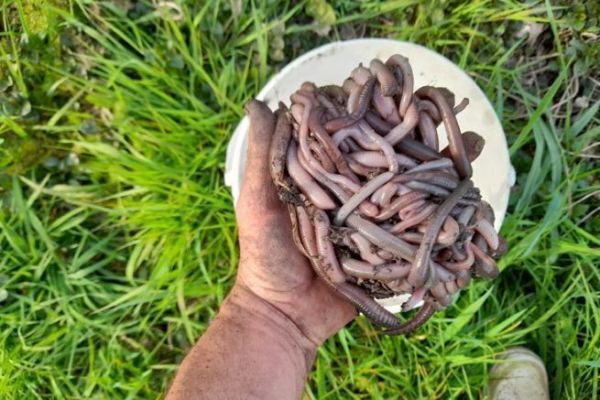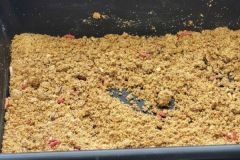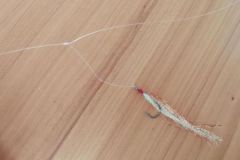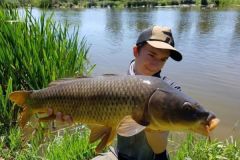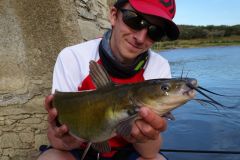The earthworm, a fascinating animal
The earthworm is the most abundant animal on earth, accounting for 80% of the total weight of all terrestrial animals, including man. It is blind, brainless and breathes through its skin.
In France, there are an estimated 2 million earthworms per hectare, or from one tonne to 4 tonnes for the most suitable soils. Their total weight in France is estimated at 200 million tonnes, or 33 times the human population of France.
The best-known is the common earthworm, followed by the black-headed worm, which differs from the common earthworm in the absence of a ring. There are several varieties of worm in France. The two easiest to distinguish are the slightly yellowish manure worm with many rings and the bank worm, which moves a lot and is very red.
The worm feeds on decomposing organic matter, swallowing soil and releasing wiggles that are extremely rich in phytohormones that promote plant growth.
The earthworm is hermaphroditic, but still needs a partner for reproduction. The sexes are located in the anterior part of the body near the ring, where the eggs develop.
The worm can dig down to a depth of two meters, taking trace elements with it on its way up, and transporting nutrients from the surface to the depths on its way down. It is the best soil aerator and layer mixer.
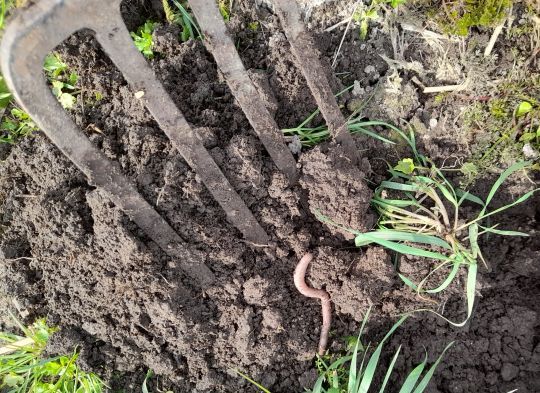
How to catch it most easily
In the garden with a spading fork, you'll find black-headed worms and large orange earthworms. This is the most widespread technique.
In spring, when the soil is moist, stand in a meadow where worms are plentiful and trample a spot. In just a few moments, the worms will emerge from the earth over a perimeter of up to five meters from your spot.
Another fun technique is to search for them at night with an electric lamp. On damp spring nights, black-headed worms emerge from their holes, but leave part of their bodies in them. You need to come in discreetly at night, with an electric lamp that only gives a dim light. Don't stamp your feet, and once you've spotted the worm, firmly grasp it as it struggles to return to the hole. Simply hold it without pulling, so that it stops resisting.
Black-headed worms have a tail that ends in a willow leaf, which is how they anchor themselves in their gallery. In summer, just water to make it look like a shower and you'll have worms coming out fast.
You can always buy worms from retailers, but that's the last straw when all you have to do is bend over and pick them up. Firstly, they're expensive for little beasts that can be found everywhere, and secondly, our distributors have found nothing better than to give them other rather ridiculous names...
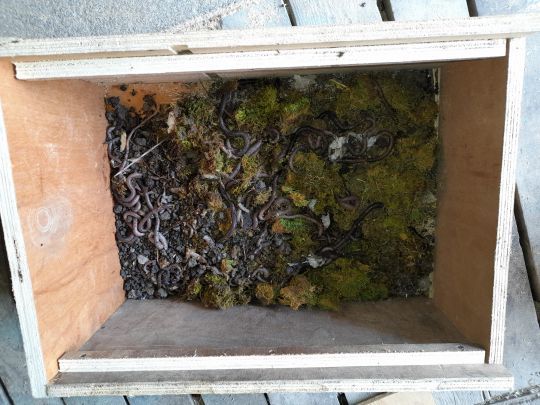
Earthworm conservation
To store them, a large wooden bucket or tub with a tight-fitting lid that can be pierced for ventilation will do the trick. This bucket will contain a little soil and dead leaves, and you can add coffee or any nutrient that smells strong enough, as the worm absorbs odors like a sponge.
Earthworms can be kept for quite a long time, provided the soil is sufficiently moist, but not wet, and nourishing. To do this, place half the earth in a large sauerkraut bucket, then moisten it with dead leaves or pieces of delivery cardboard. Don't think that earthworms feed on soil: worms are decomposers.
They'll keep for a long time if you feed them properly. You can maintain them by feeding them leaves, vegetable scraps, moss, sawdust and cardboard or newspaper leaves in small pieces.
You can harden your worms by placing coffee grounds in the ground; the contents of a coffee filter in a bucket is more than enough.
For which fish?
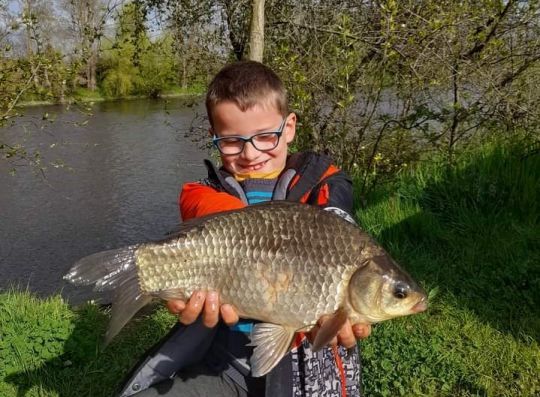
The earthworm is the king of baits, and is very popular with all fish. From whites to carnivores, it will also seduce carp and tench.
When trout season arrives, our lady fario loves to munch on beautiful earthworms. In low, clear water, she'll love small, wriggling worms like bank worms. But if the water gets darker and higher, she'll go for a big bite like an earthworm or a big blackhead.
But the earthworm is the ultimate weapon for our beloved eel, which loves them. The big black heads can be used for wedge fishing or to make worms.
The same goes for our beloved catfish, who will gladly eat a nice bunch of fresh worms. You'll be able to catch them both on the ground and vertically.
Carnivorous fish such as perch love them on the prowl and will also be seduced by a large worm eschewed on a mount handled like a pike-perch.
All in all, earthworms are the most natural bait that fish will find and consume, and a great alternative for catching all fish during closed seasons.

 /
/ 